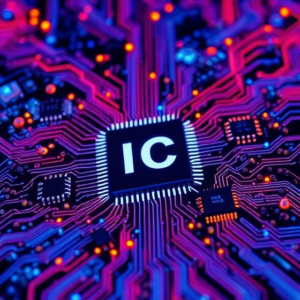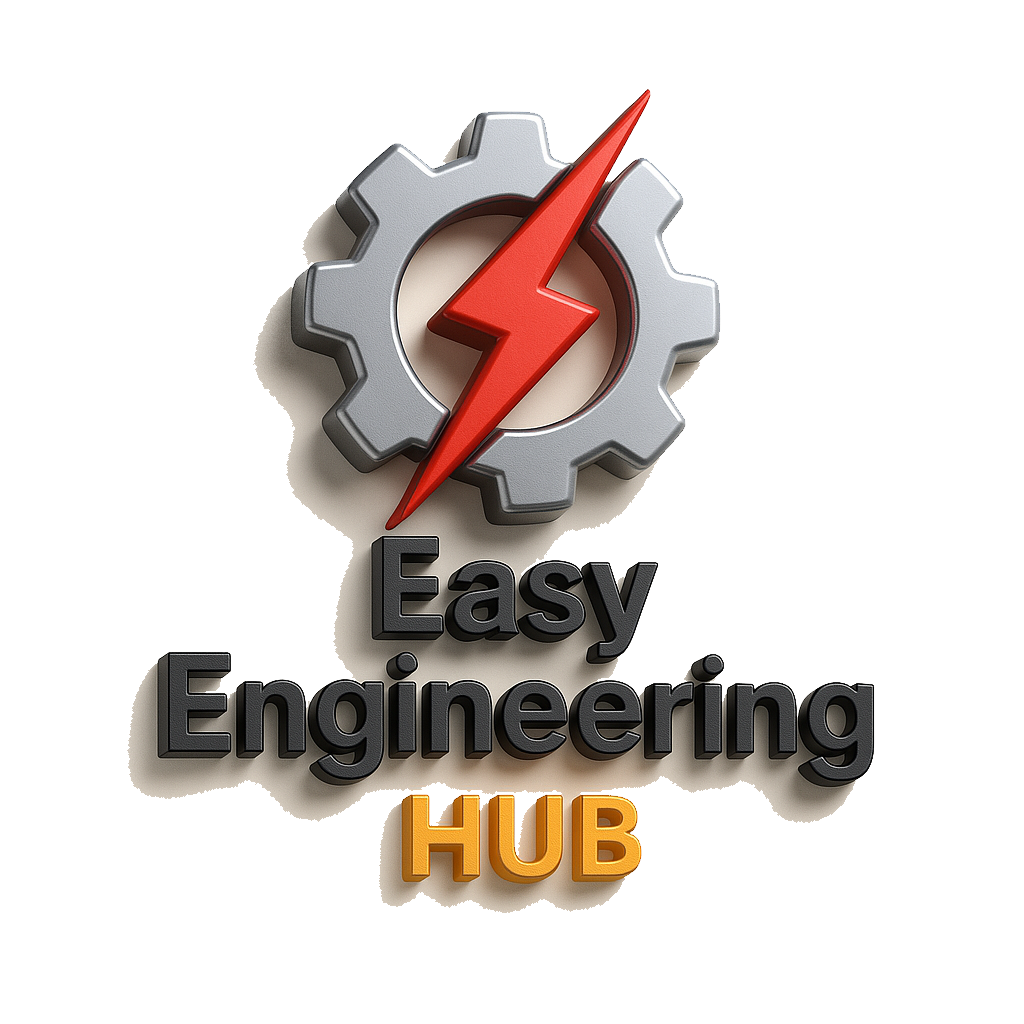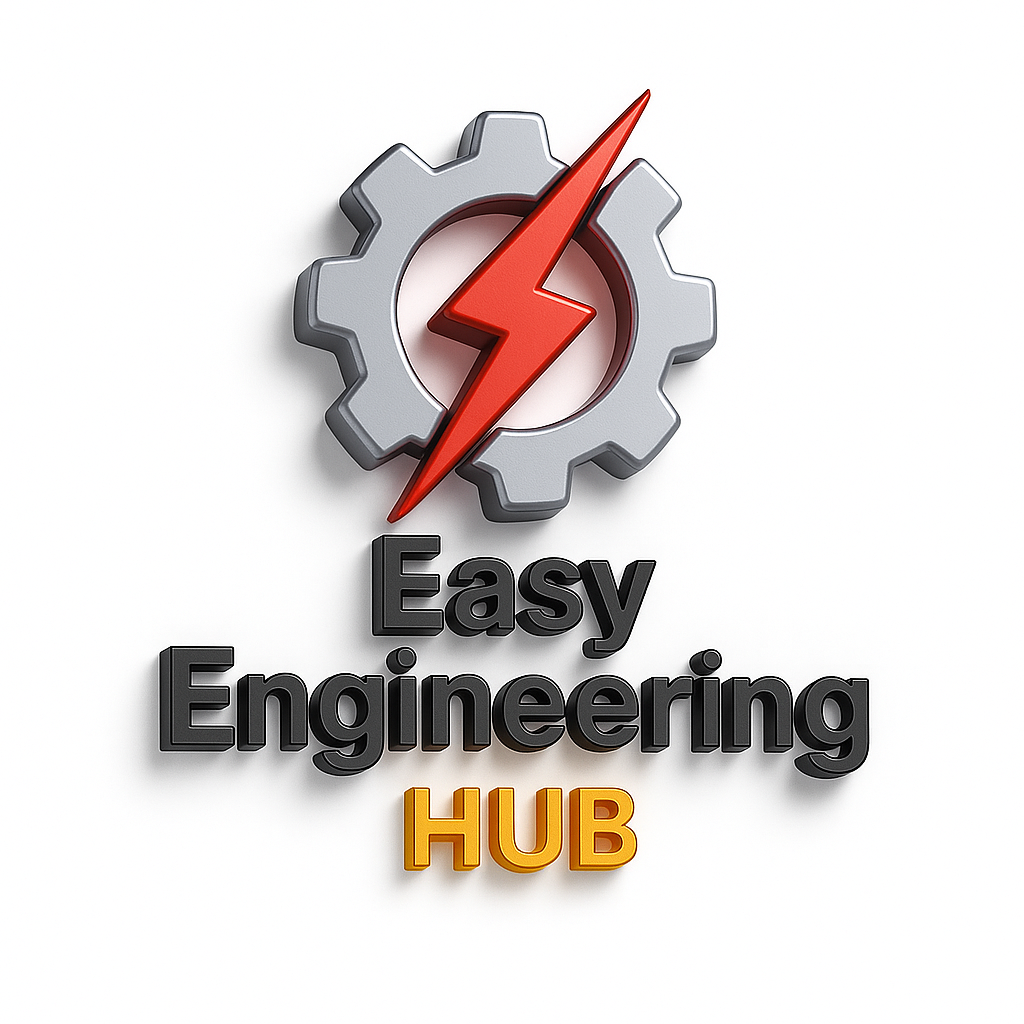Digital IC Families Explained
Digital IC families are different types of integrated circuits (ICs) used to build digital circuits, such as computers, logic systems, and microcontrollers. Each family has unique characteristics, such as speed, power consumption, voltage levels, and compatibility. These families serve as the building blocks for creating digital electronic devices.

The Most Common Digital IC Families
1. TTL (Transistor-Transistor Logic)
TTL is one of the oldest and most popular digital IC families. It uses transistors to process and control digital signals (like 0s and 1s).
- Characteristics:
- Fast Switching: TTL ICs switch between high (1) and low (0) states quickly.
- Moderate Power Consumption: They use more power than newer IC families.
- Voltage Levels: TTL typically works with 5V logic levels (5V for “1” and 0V for “0”).
- Example Use: TTL ICs are used in older logic circuits and applications like counters, adders, and memory chips.
2. CMOS (Complementary Metal-Oxide-Semiconductor)
CMOS ICs use a combination of P-type and N-type MOSFETs (transistors) to process digital signals, making them very power-efficient.
- Characteristics:
- Low Power Consumption: CMOS ICs consume very little power when idle, making them energy-efficient.
- High Noise Immunity: They are better at resisting electrical noise, which can affect performance.
- Wide Voltage Range: CMOS can work with voltages ranging from 3V to 15V.
- Slower Switching Speed: CMOS is slower than TTL in some cases but is more power-efficient, ideal for battery-operated devices.
- Example Use: CMOS is widely used in microprocessors, memory chips, and digital devices like smartphones and computers.
3. ECL (Emitter-Coupled Logic)
ECL is a high-speed digital IC family that uses bipolar transistors. It is known for its extremely fast switching speeds.
- Characteristics:
- Very Fast: ECL offers the fastest switching speed of all digital IC families.
- High Power Consumption: ECL consumes more power compared to TTL and CMOS, making it less energy-efficient.
- Low Voltage Levels: ECL operates with very low voltage levels (around -5V for logic “1” and -5V to 0V for logic “0”).
- Example Use: ECL is used in high-performance applications where speed is critical, such as communication systems, high-frequency oscillators, and some computer processors.
4. Bi-CMOS (Bipolar CMOS)
Bi-CMOS combines the best features of both bipolar transistors (from TTL and ECL) and CMOS transistors. This combination offers both speed and power efficiency.
- Characteristics:
- Fast and Low Power: Bi-CMOS circuits are faster than CMOS and more power-efficient than TTL.
- High-Speed Performance: It offers faster switching speeds than standard CMOS ICs while consuming less power than TTL.
- Example Use: Bi-CMOS is often used in applications that require both high performance and low power, such as in analog-to-digital converters (ADC) and mixed-signal circuits.
5. LS (Low Power Schottky)
LS ICs are a variation of TTL that use Schottky diodes to reduce the switching time of transistors.
- Characteristics:
- Low Power: LS ICs consume less power than regular TTL ICs.
- Moderate Speed: LS ICs are faster than regular TTL but slower than ECL.
- Voltage Levels: Like TTL, they operate at 5V logic levels.
- Example Use: LS ICs are used in moderate-speed digital systems where both power efficiency and speed are important.
6. HC (High-Speed CMOS)
HC ICs are a faster version of CMOS logic, providing quicker response times and lower power consumption.
- Characteristics:
- High-Speed: HC CMOS ICs are faster than regular CMOS ICs.
- Low Power: They remain energy-efficient, making them ideal for portable devices.
- Wide Voltage Range: HC ICs can operate between 3V and 6V and are more versatile in terms of power supply.
- Example Use: HC ICs are commonly used in high-speed, low-power applications like clocks and timers in electronic devices.
7. HCT (High-Speed CMOS with TTL Compatibility)
HCT ICs are similar to HC CMOS but designed to be TTL-compatible, meaning they can work directly with TTL components.
- Characteristics:
- Compatibility with TTL: HCT ICs can interface with TTL logic while maintaining the high speed and low power of CMOS.
- Low Power: Like other CMOS families, they are energy-efficient.
- Example Use: HCT ICs are used in systems where you need both CMOS performance and compatibility with older TTL circuits.
Summary of Digital IC Families
| Family | Speed | Power Consumption | Voltage | Example Use |
|---|---|---|---|---|
| TTL | Moderate | Moderate | 5V | Logic circuits, counters |
| CMOS | Moderate | Low | 3V to 15V | Microprocessors, smartphones |
| ECL | Very Fast | High | -5V | High-speed systems, communication |
| Bi-CMOS | Fast | Low | Varies | Analog-to-digital converters |
| LS | Moderate | Low | 5V | Moderate-speed systems |
| HC | Fast | Low | 3V to 6V | Clocks, timers |
| HCT | Fast | Low | 3V to 6V | TTL-compatible circuits |
Conclusion:
Digital IC families play a critical role in designing digital systems. By understanding the characteristics of each family, such as speed, power consumption, and voltage levels, engineers can choose the right family for their specific application. From low-power, high-efficiency CMOS to high-speed ECL, each family offers unique benefits for different types of digital circuits and devices.
Tags: 5V logic, adders, Analog-to-Digital Converters, application-specific ICs, Bi-CMOS, bipolar CMOS, bipolar transistors, clocks, CMOS, Communication Systems, compatibility, Complementary Metal-Oxide-Semiconductor, Computers, counters, Digital circuits, Digital IC, digital systems, ECL, electronic devices, Emitter-Coupled Logic, fast and efficient, fast CMOS, fast switching, HC, HCT, high frequency, high noise immunity, high speed, High-Speed CMOS, IC families, Integrated Circuit, legacy TTL systems, logic families., logic systems, low energy, Low Power Schottky, low power TTL, low-power, LS, memory chips, microcontrollers, Microprocessors, mixed-signal circuits, moderate power, moderate speed, N-type MOSFET, P-type MOSFET, portable devices, Power Consumption, Schottky diodes, smartphones, speed, summary, Timers, Transistor-Transistor Logic, TTL, TTL-compatible CMOS, voltage levels, voltage range 3V to 15V, wide voltage range

